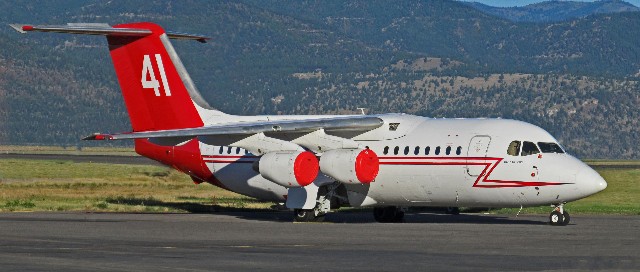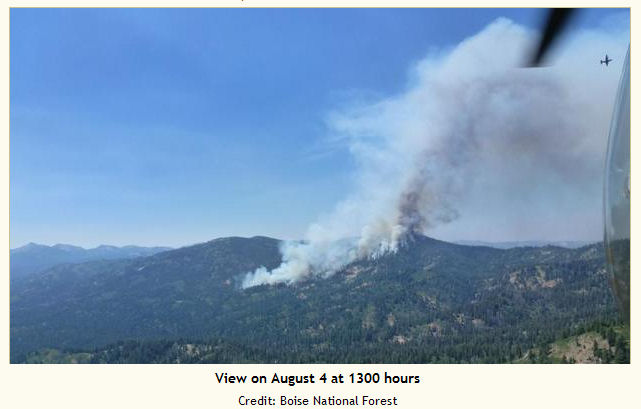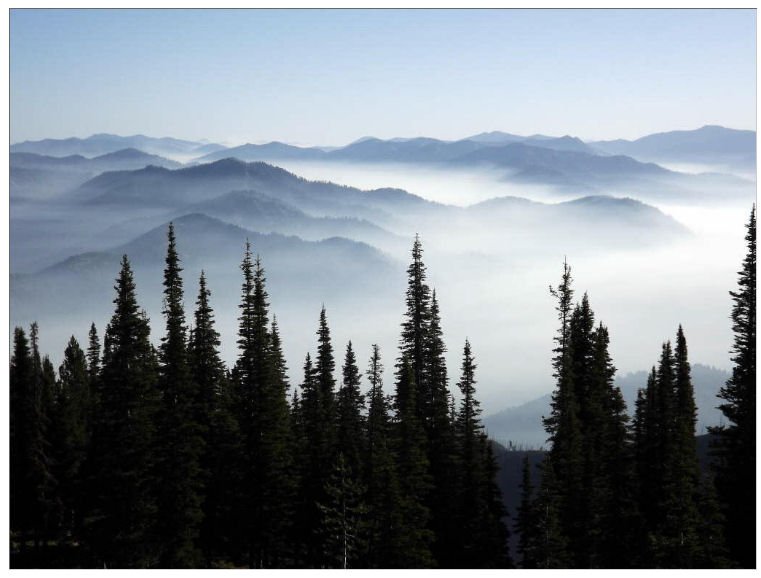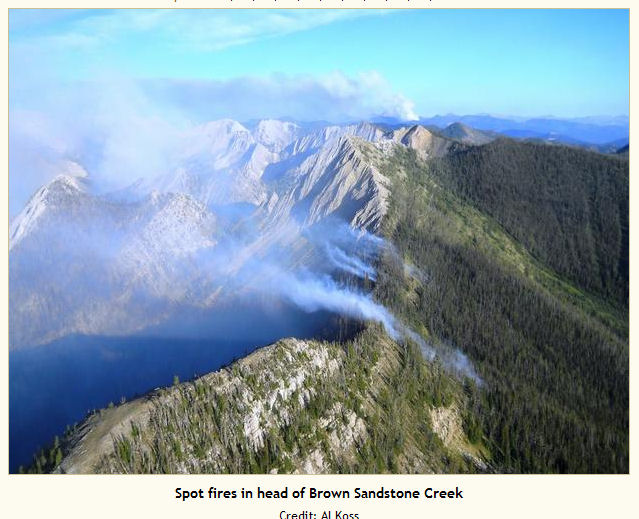Coulson Aviation and 10 Tanker Air Carrier are protesting the government-awarded contract to Neptune Aviation and Minden Air, along with two other Western companies, and the protest could keep seven new tankers on the ground for most of the fire season.

The Missoulian reported that Neptune’s Tanker 41 arrived last week in Missoula, ready for fire assignments. Neptune expects to add a third jet-powered BAe before the end of the month, and Minden also plans to bring on another BAe this summer. The contract awards included airtankers larger than SEATs and smaller than the VLATs.
Coulson and 10 Tanker protested the newly awarded contract in late June, and the General Accountability Office (GAO) is reviewing the case. That review, if it stretches over the allowed 100 days, could keep the new airtankers on the ground until October. Both protesting companies bid on the Forest Service “next-generation” airtanker contracts, and neither was awarded a contract.
Gary Allen, the GAO attorney who is reviewing the protest, told the Missoulian he can’t discuss details.
Rick Hatton with 10 Tanker also said he couldn’t talk about the protest. The DC-10 tankers flew 60 days of fire missions last year, but the company’s struggled for years with landing an exclusive-use contract; fire agencies have thus far limited the very large airtankers to only a call-when-needed contract.
Coulson operates the Martin Mars and other scoopers, along with firefighting helicopters. Coulson has also proposed designing its own C-130 as an airtanker.
Aero Flite Inc. of Kingman, Arizona, operates CL-215 ships and was awarded one of the new contracts. They’ve been in business since 1963. Another contract was awarded to Aero Air LLC of Hillsboro, Oregon; they plan to bring into service a couple of MD-87 jet airtankers next year, while Aero Flite will bring on an Avro RJ85 – a longer version of the BAe-146. OPB News reported that the MD-87 ships can drop 4,000 gallons of retardant.
The new contracts with the four companies were planned to add seven airtankers to the fleet by next year. They were awarded after the President signed a bill to speed up the federal contracting process, which required a 30-day waiting period before the Forest Service could award the contracts. After a June 3 tanker crash claimed the lives of two pilots in Utah, Oregon Senator Ron Wyden introduced legislation to waive that waiting period.



